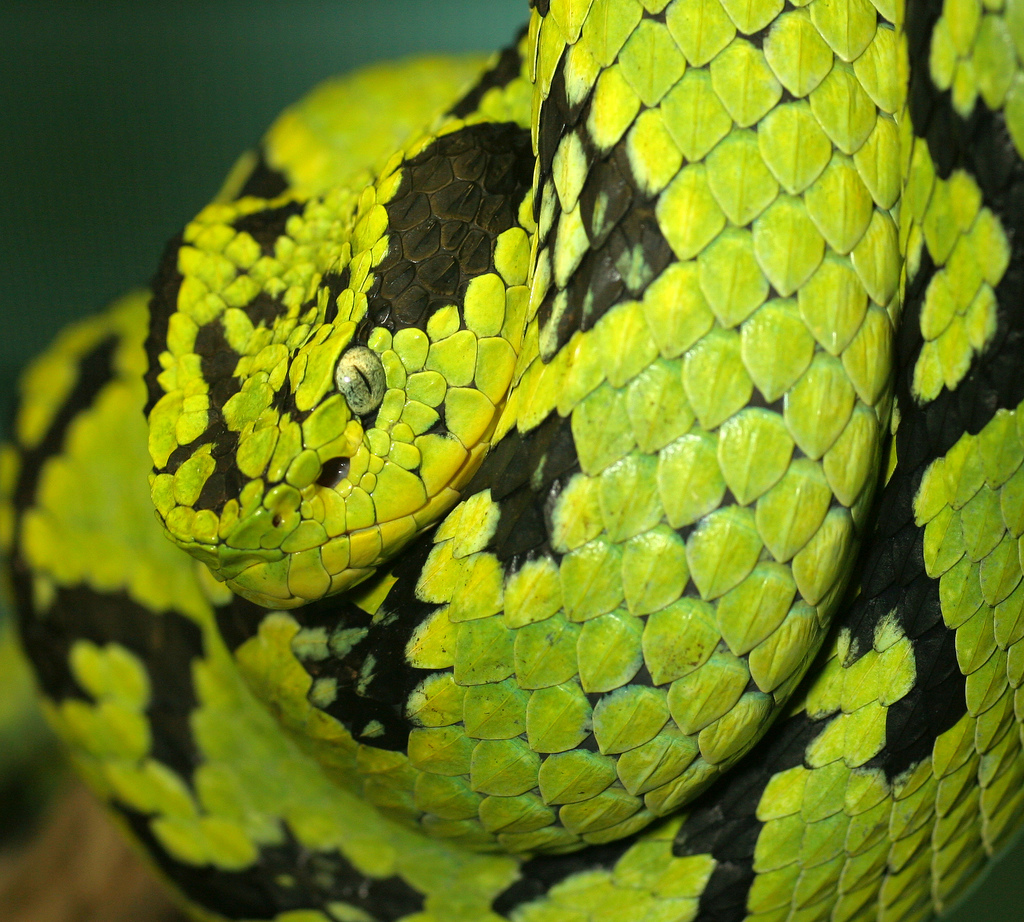Search This Blog
Pit Vipers The Optimal Blend of Style & Performance. Pit Vipers Outdoor Fashion and Lifestyle.
Featured
- Get link
- X
- Other Apps
Yellow-Blotched Palm-Pit Viper- Bothriechis Aurifer
 |
| Yellow-Blotched Palm-Pit Viper |
The Yellow-Blotched Palm-Pit Viper (Bothriechis Aurifer) is an uncommon to rare snake of southern Mexico and Guatemala. It was originally described by Bocourt in 1868, but the Chiapas population was considered a distinct species (Bothriechis ornatus) by Julia-Zertuche and Varela in 1978. Campbell & Lamar (2004) considered the name ornatus to be a synonym of B. bicolor. The habits of the snake are largely unknown but it has been encountered in lower montane forest along the Pacific slope of the Sierra Madre de Chiapas and into adjacent Guatemala. It has been most frequently seen by day when it is inactive and coiled in vegetation. The species apparently is mostly nocturnal, foraging for frogs along ravines.
| Kingdom | Animalia |
| Phylum | Chordata |
| Subphylum | Vertebrata |
| Class | Reptilia |
| Order | Squamata |
| Suborder | Serpentes |
| Family | Viperidae |
| Subfamily | Crotalinae |
| Genus | Bothriechis |
| Species | B. aurifer |
| Scientific Name | Bothriechis aurifer |
Description
Geographic Range
Habitat
Venom Fact
IUCN Conservation Status
- Get link
- X
- Other Apps
Popular Posts
What is Eastern Diamondback Rattlesnake?
- Get link
- X
- Other Apps
Himalayan Pit Viper-Gloydius Himalayanus
- Get link
- X
- Other Apps
Comments
Post a Comment